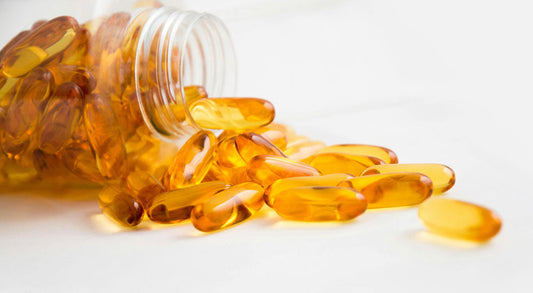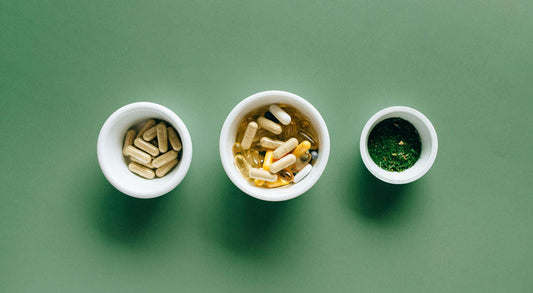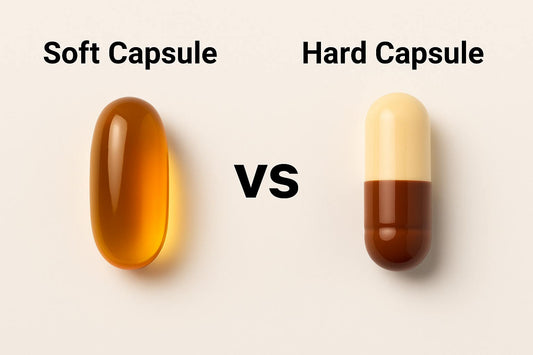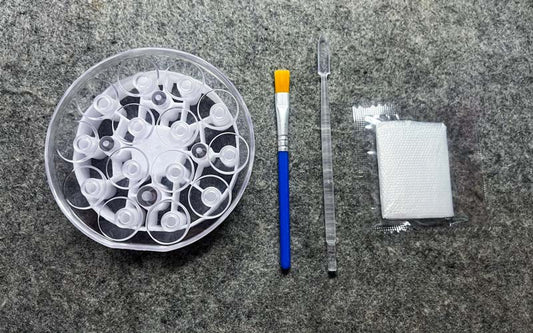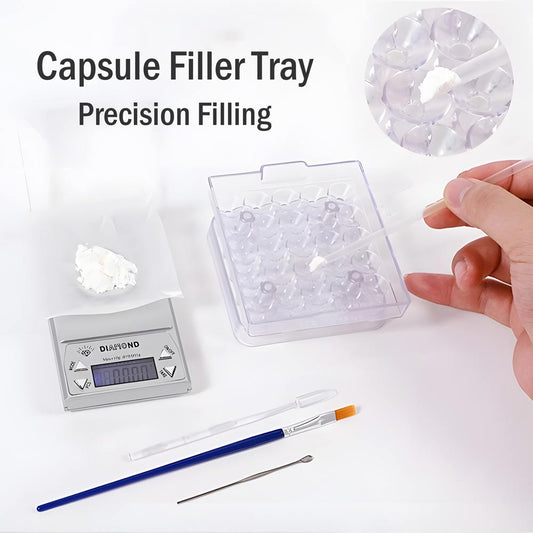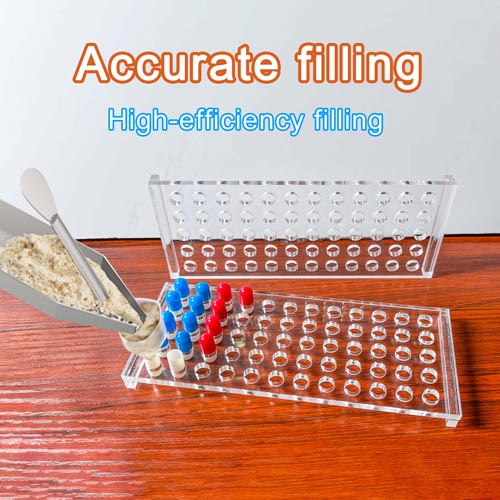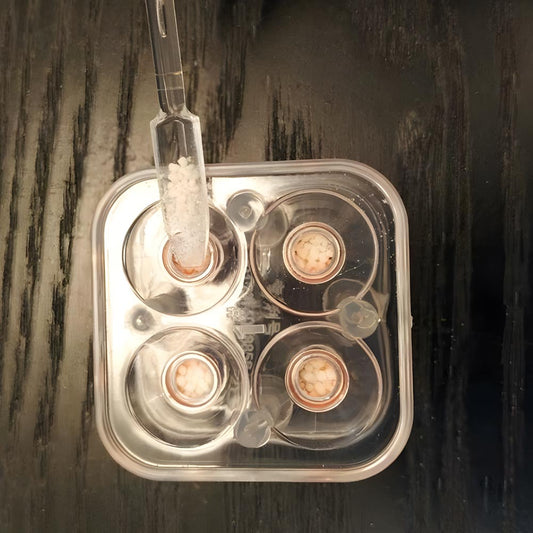How Long Is the Shelf Life of Capsules? A Complete Guide
Share
Whether you purchase finished supplements or make your own with a manual capsule filling machine or capsule filler tray, understanding capsule shelf life helps protect both safety and effectiveness. This guide explains what “shelf life” really means, the signs of expiry and moisture damage, and practical storage steps you can apply immediately.

How long is the shelf life of capsules?
Capsules generally remain stable until the manufacturer’s labeled expiration date if they are stored correctly—cool, dry, and away from light. For DIY users who fill capsules at home, your shelf life also depends on the freshness and stability of the ingredients you encapsulate.
Gelatin capsules: Common and cost-effective, but more sensitive to heat and humidity.
Vegetarian (HPMC) capsules: Typically more humidity-tolerant and less likely to become sticky, which can help maintain integrity longer under proper storage.
Tip: Keep unopened bottles sealed until needed. After opening, close lids tightly and add a fresh desiccant pack when appropriate.
How to tell if capsules are expired or moisture-damaged
- Check the label first: Look for the printed EXP or Best by date on the bottle or blister pack.
-
Visual and tactile signs:
- Color changes: Fading, darkening, or spotty appearance.
- Texture changes: Gelatin shells feel sticky/soft; vegetarian shells become brittle or crack.
- Clumping: Capsules sticking together often indicates moisture uptake.
- Odor: Sour, musty, or “off” smells suggest degradation or contamination.
- Flow issues during DIY filling: If powders won’t flow smoothly through your capsule filling tray or the shells warp during filling on a manual capsule filler, humidity may be too high or shells may be compromised.
Do not use capsules that show visible damage, unusual odor, or that are past the labeled expiration date.

Can you take expired capsules?
No. While many products simply lose potency over time, some can generate breakdown byproducts that irritate the stomach or reduce safety margins. To ensure intended benefits and minimize risk, only use capsules within their shelf life.
Quality-first rule: When in doubt, discard and replace—especially for sensitive actives like probiotics, enzymes, and oils.
What factors affect capsule shelf life?
- Storage environment: Heat, humidity, and light accelerate degradation. Ideal storage: 15–25 °C (59–77 °F), relative humidity < 60%, in an airtight, opaque container with desiccant.
- Capsule material: Gelatin vs. HPMC differ in moisture sensitivity and stability profiles.
- Fill ingredients: Hygroscopic powders, herbal blends, probiotics, and oils are more sensitive to moisture and oxygen.
- Manufacturing hygiene: Clean tools and surfaces reduce contamination. When using a manual capsule filling machine, sanitize contact parts and dry thoroughly before use.
- Packaging: Amber bottles, blister packs, and oxygen/moisture barriers extend shelf life. Reseal promptly after each use.
Practical storage checklist
- Store in a cool, dry, dark place; avoid kitchens/bathrooms where humidity spikes.
- Use airtight containers with a fresh desiccant pack after opening.
- Label DIY batches with fill date, formula, and a conservative use-by date.
- During DIY runs, minimize exposure time of open shells and powders; keep lids closed between steps on your capsule tray.
Conclusion: Always use capsules within their shelf life
For store-bought and DIY capsules alike, the guideline is simple: use within the labeled shelf life. Proper storage, clean handling, and quality packaging—especially when using a manual capsule filler—help preserve potency and safety.
Disclaimer: This article provides general information and is not a substitute for professional medical advice. Consult a qualified healthcare provider regarding your specific use case.

